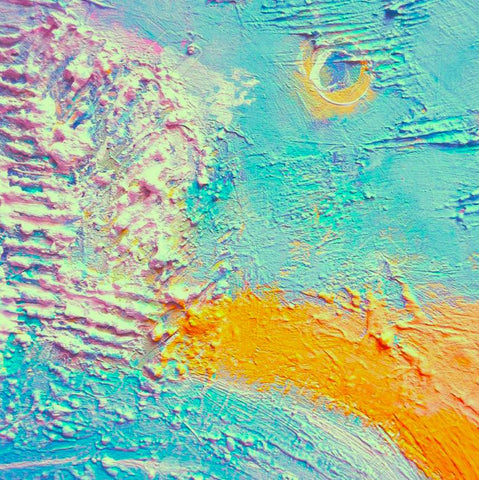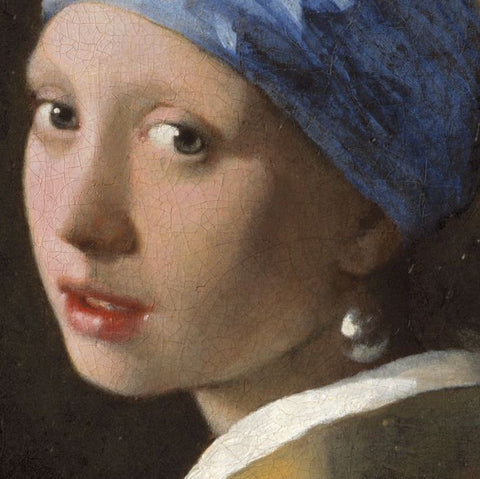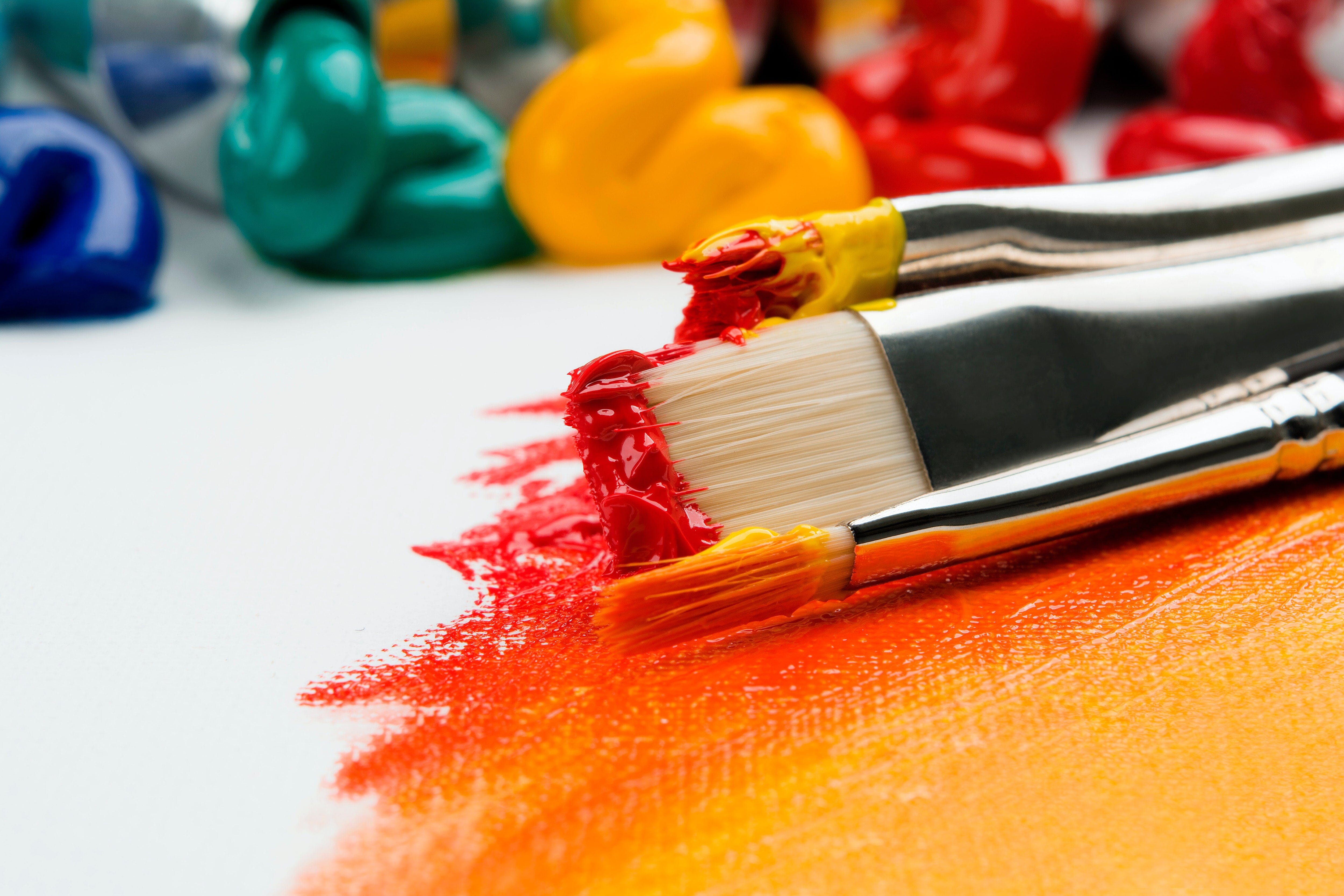
I say to myself, "I know what a coat is and I know what isolation means, but together those words are conjuring up images of winter in Saskatchewan."

.
What is an isolation coat?
It is a relatively thick coating applied to a finished, dried and cured painting prior to varnishing; forming a protective buffer between the varnish layer and the painting.
Like thermal underwear, an isolation coat is a robust extra layer of protection for paintings

Who use isolation coats and why?
Isolation coats are applied primarily to acrylic paintings.
Acrylic paintings will benefit from isolation coats because all acrylic polymer emulsions (including varnishes, gels, mediums & paints) are dissolved and removed by the same chemical (ammonia). A high quality varnish should be removable, and in fact is intended to be removed and re-applied as needed during the life-span of a painting. If the painting isn't protected by an isolation layer then there is a high likelihood that the varnish removal process will damage the painting's surface.

Oil painters don't traditionally employ an isolation coat because it's not really necessary. Oil varnishes are a very different chemical composition from oil paints: Traditional oil varnishes are made from a high concentration of tree resin, or there are modern synthetic varnishes available for oils. In terms of conservation, removing oil varnish requires different solvents than the ones used for removing oil paint, and therefore the process is not likely to harm the oil painting beneath.
Watercolour painters don't generally use an isolation coat either because watercolour paintings are usually mounted behind glass instead of varnished.... However, I am aware of at least one watercolourist who doesn't put paintings behind glass, but instead finishes them with an isolation layer of Cold Wax Medium followed by a aerosol MSA varnish. Although it's an unusual treatment for a watercolour, it's still a perfectly archival and reversible method of finishing a fine art piece.
How are isolation coats applied?

The best method to use to apply an isolation coat will depend largely on the painting itself; whether the surface of the painting is smooth or textured, and to what degree. The thickness of the isolation coat and the method of application will also depend on the texture of the paint film.
For textured paintings: if the painting has a deeply textured surface then a "thicker" application is recommended (about 1.5-2.5mm thick). A thicker application on deeper textures ensures that the isolation layer has reached any recessed pockets and is also thick enough on the high points to provide adequate protection. Using a brush to apply your chosen medium is really the only option for a textured painting.

For smooth paintings: if the painting's surface is relatively smooth then an isolation film thickness of 0.5-1.5mm will suffice. Your chosen medium can be brushed on or applied by palette knife. Once applied, the wet isolation coat can be smoothed out with a wide soft bristled brush, using long, even strokes that go from edge to edge of the painting.
To eliminate brush strokes entirely: apply the isolation coat evenly to the whole surface of the painting with a brush or knife, then softly roll over the wet isolation coat using a damp Foam Rubber Brayer; smoothing out any lumps and bumps and leaving a more uniform sheen free from stroke marks.
In any case, avoid going too thick with your isolation layer. Do try to keep in mind that the word "thick" is relative and that we are talking about fractions of millimeters.
The general rule for application: apply only one coat of your isolation medium and wait 24-72 hours before varnishing. There are exceptions to this rule (see Golden Isolation Coat below) but be aware that acrylics can behave "funny" if they're layered incorrectly; resulting in a foggy or bubbly layer which will need to be removed.
What products can be used for an isolation coat?
For textured paintings: a fluid medium can create billions of tiny bubbles if brushed over a textured surface so a thicker gel medium is recommended
GOLDEN Acrylics have several gels that are suitable for isolation coats:
- Clear Leveling Gel: self-levels into a smooth glass-like film, free of brush strokes
- Soft Gel Gloss: softer than regular gel, won't hold sharp texture but still shows brush stokes
- Gloss UV Topcoat: a regular gel with added UV light stabilizing ingredients to protect colours from fading
For smooth paintings: you have the option to use a fluid medium or a gel medium.
GOLDEN Acrylic's have just debuted a specific Isolation Coat medium which is a considerably thinner consistency than a regular polymer medium. This one specific product is meant to be applied in several coats, and it is only available in a gloss.
I usually recommend acrylic painters use gloss mediums (as opposed to matte or satin) during their painting process. Gloss mediums are the most crystal clear, and the least disruptive to the appearance of colours. Matte mediums will dull the vibrancy of colours and successive layers of matte medium will begin to look milky or foggy (This can create a moody, encaustic-like effect which can be great if you were expecting it, or potentially devastating if you were not.)
I know a bunch of you just cringed collectively at the thought of adding extra glossiness to your paintings. I'm the same; a glossy sheen doesn't suit my work at all so I will dull-down the gloss with a satin or matte varnish to finish it off. This way I get to keep the clearest, truest colours throughout the painting's layers and also get the velvety matte finish that I want.
The Bottom Line

Forgetting to add an isolation coat to an acrylic painting is like forgetting to put on underpants.
Even if you don't think you're painting a masterpiece, apply an isolation coat anyway because you may be wrong; your painting may mean a great deal to it's eventual owner, and they will be grateful that you helped them protect their beloved treasure.







